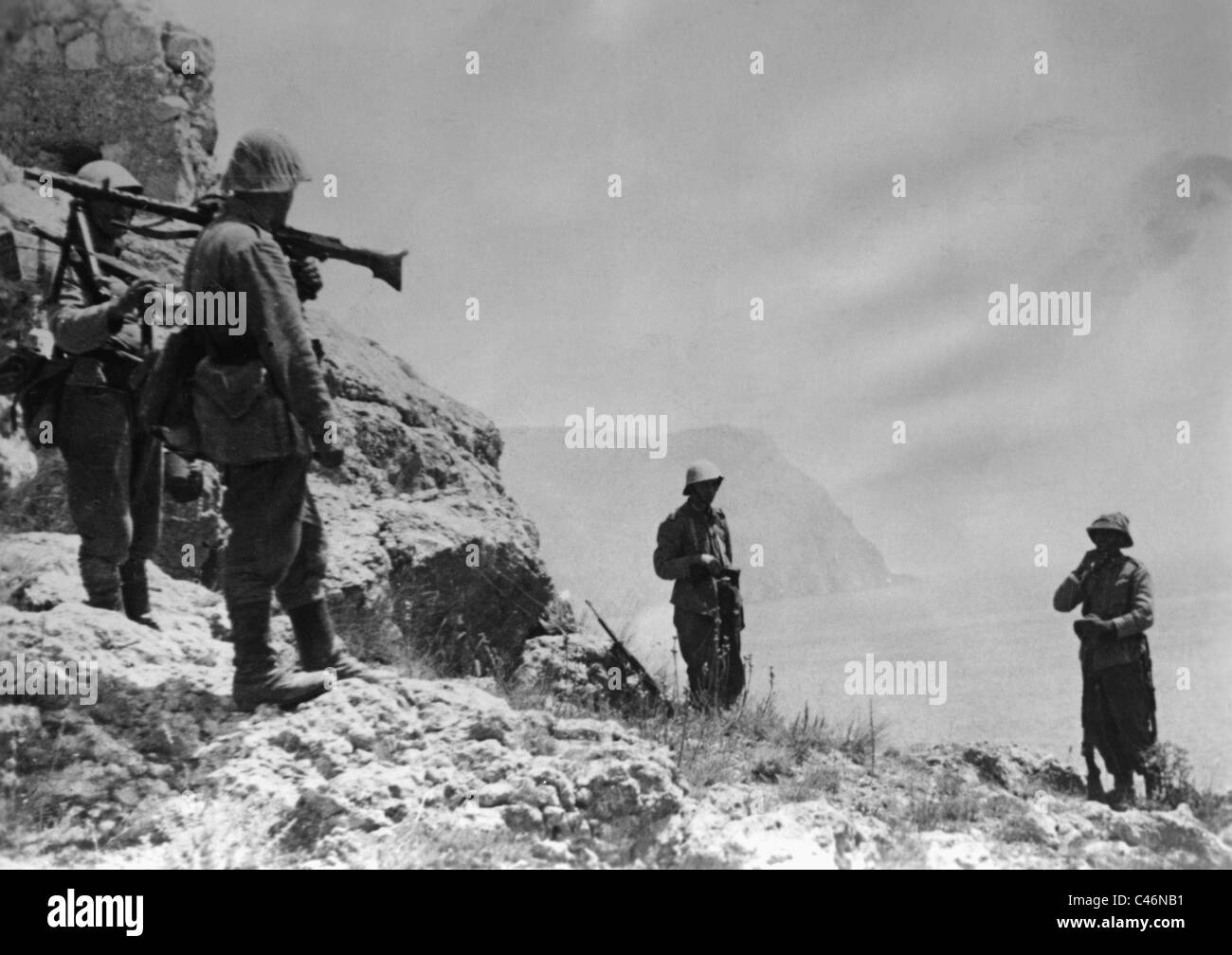

The view here is looking west-northwest, about 550 feet from where the bomb landed, known as X, on August 6, 1945.Įven after the Allied victory in Europe, World War II continued to rage in the Pacific Theater. Atomic Bombing of Hiroshima and NagasakiĪ man wheels his bicycle thorough Hiroshima, days after the city was leveled by an atomic bomb blast, Japan. Eisenhower in Reims, France, and forced the Germans to sign another one the following day in Soviet-occupied Berlin. Stalin, however, refused to accept the surrender agreement inked at the headquarters of U.S. Hitler’s successor, Grand Admiral Karl Dönitz, started peace negotiations and on May 7 authorized General Alfred Jodl to sign an unconditional surrender of all German forces to take effect the following day.

With both fronts collapsing and defeat inevitable, Hitler committed suicide in his bunker deep below the Reich Chancellery on April 30, 1945. As they closed in on the capital, Allied troops discovered the horror of the Holocaust as they liberated concentration camps such as Bergen-Belsen and Dachau. Germany SurrendersĪllied soldiers and others read copies of the Stars and Stripes military newspaper, belonging to the London Times, that announces Germany's surrender in World War II, on May 7, 1945.Īfter the firebombing of Dresden and other German cities that killed tens of thousands of civilians, the Western Allies crossed the Rhine River and moved eastward toward Berlin.

What became known as the Battle of the Bulge would turn out to be Germany’s last gasp as the Soviet Red Army launched a winter offensive on the Eastern Front that would have them at the Oder River, less than 50 miles from the German capital of Berlin, by the spring.
Second front wwii full#
American forces withstood the full might of what was left of Germany’s power but lost approximately 20,000 men in what was their deadliest single battle in World War II. The German onslaught caused the Allied line to bulge, but it would not break during six weeks of fighting in subzero conditions that left soldiers suffering from hypothermia, frostbite and trench foot. The Nazis launched a surprise attack along an 80-mile, densely wooded stretch of the Ardennes Forest in Belgium and Luxembourg on December 16, 1944. Forced to fight a two-front war with dwindling resources, an increasingly desperate Hitler authorized a last-ditch offensive on the Western Front in hopes of splitting the Allied lines.

Germany found itself squeezed on both sides as Soviet troops advanced into Poland, Czechoslovakia, Hungary and Romania while the Western Allies continued to push eastward. Germany Repelled on Two FrontsĬamouflaged tanks and infantrymen wearing snow capes move across a snow-covered field in the Ardennes-Alsace Campaign of the Battle of the Bulge, 1945. The Allies, however, turned the tide of the conflict, and the following major events brought World War II to an end. In June 1941, German dictator Adolf Hitler broke his nonaggression pact with the Soviet Union and launched Operation Barbarossa, which brought Nazi troops to the gates of Moscow.īy the time the United States entered World War II following the Japanese bombing of Pearl Harbor, German forces occupied much of Europe from the Black Sea to the English Channel. Germany employed its “blitzkrieg” (“lightning war”) strategy to sweep across the Netherlands, Belgium and France in the war’s opening months and force more than 300,000 British and other Allied troops to evacuate continental Europe from Dunkirk. The vast majority of those who died in history’s deadliest war were civilians, including 6 million Jews killed in Nazi concentration camps during the Holocaust. By the time it concluded on the deck of an American warship on September 2, 1945, World War II had claimed the lives of an estimated 60-80 million people, approximately 3 percent of the world’s population. World War II ended six years and one day after Germany’s invasion of Poland on September 1, 1939, sparked the 20th century’s second global conflict.


 0 kommentar(er)
0 kommentar(er)
